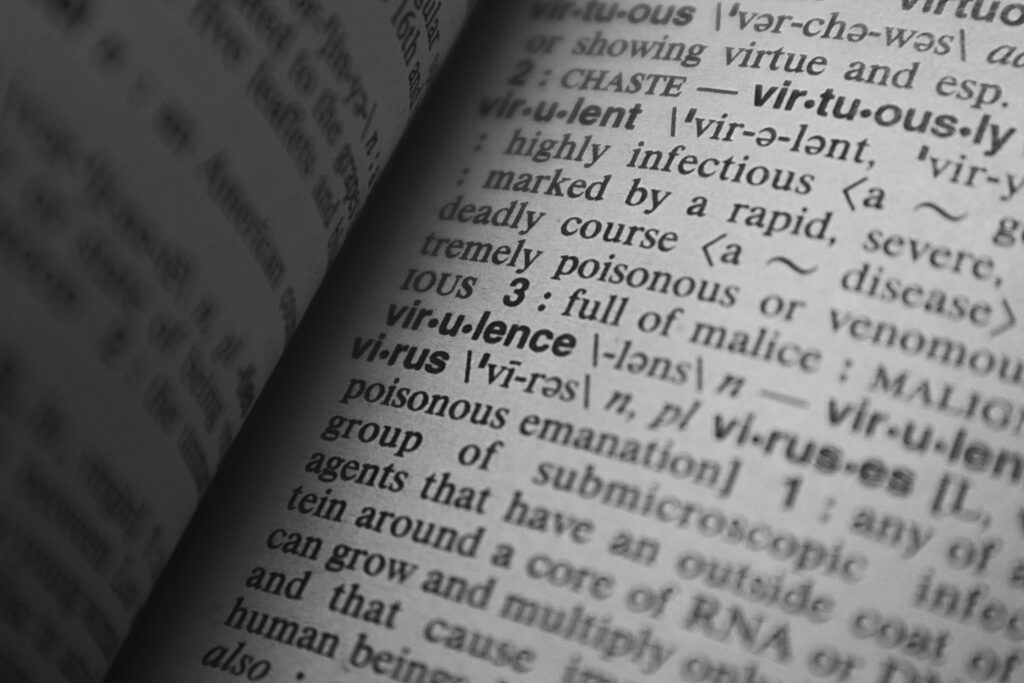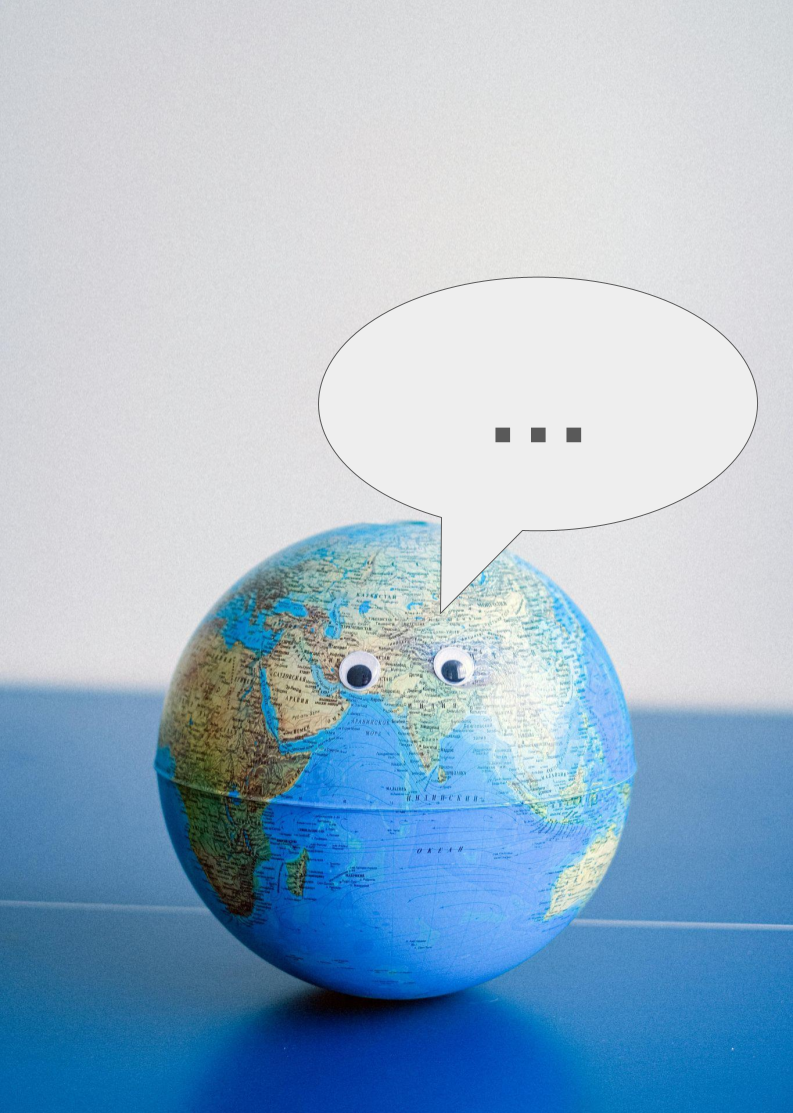Is it possible to automatically detect ambiguous sentences without considering the semantics?
Are you interested to participate in this project? You can donate here!

Detecting ambiguity in sentences using translation.
About the project
Language is one of the most important inventions of humans in history. However, almost all languages in cases are ambiguous, which means the same text or speech which is conveyed results in different actions by different readers or listeners.
In this project we propose a method to evaluate the goodness of an ambiguous sentence using translation by multilingual LLMs. In this context, we suggest that an ambiguous sentence should either be translated to ambiguous or unambiguous sentences in all target languages the same way. Furthermore, we investigate whether ambiguity is encoded in the representation of a translation large language model (LLM) or for ambiguous sentences, only a single meaning is encoded instead.
The potential applications of the proposed approach could be:
- Given a text, the algorithm should be able to determine whether it is ambiguous or not,
- Fine-tuning existing multilingual LLM translators to perform better in translating ambiguity,
- Developing ambiguity-free AI-generated global human languages.
Language ambiguity brings up misunderstandings and conflicts in real world interactions such as political, commercial and cultural interactions. This misunderstanding can lead to either waste of huge amount of time in negotiation between the parties for conflict resolution or even in worse case results in conflicting actions.
Detecting ambiguous statements in global interactions can be a critical problem that requires scientific research in providing solutions. In this project, we provide an LLM translation-based solution for detecting ambiguous statements in language. One major organization that can benefit from the proposed research is the United Nations (UN) where different countries with different languages interact with each other.
We believe this research not only brings up a new approach in detecting ambiguous statements, but also provides a new avenue for developing a global human language, optimized by artificial intelligence with benefits from different languages from the globe, including features such as serving as an ambiguity-free language.

The bigger picture!
This project is part of a bigger project: an AI-generated global human language.
By devising a function that detects ambiguity in text, we would also be able to use it as part of the optimization criteria for generating an ambiguity-free global human language using AI.
Want to learn more?
